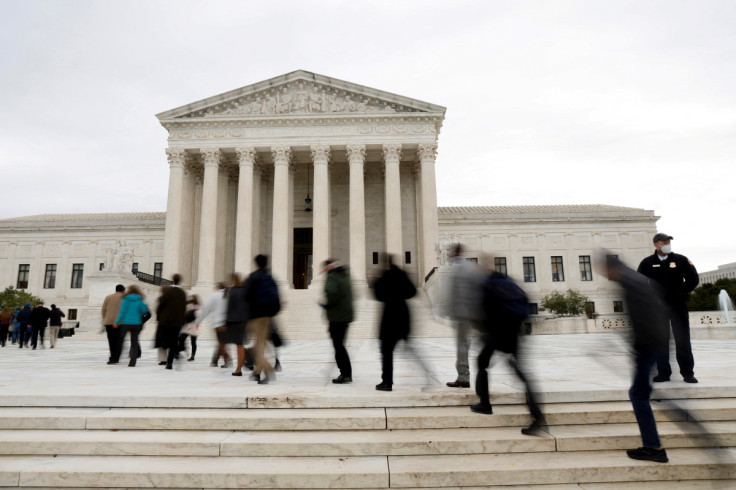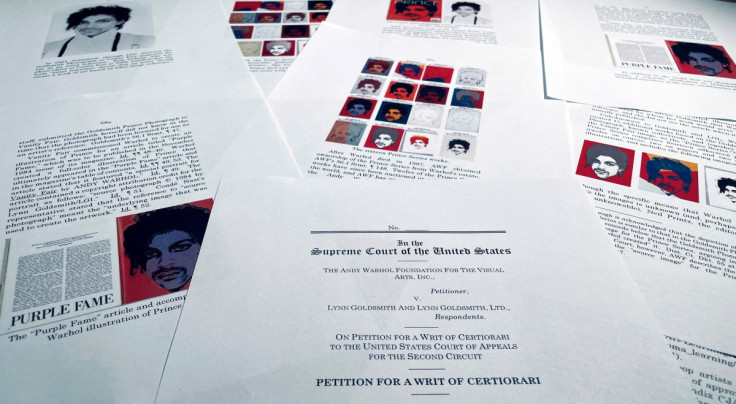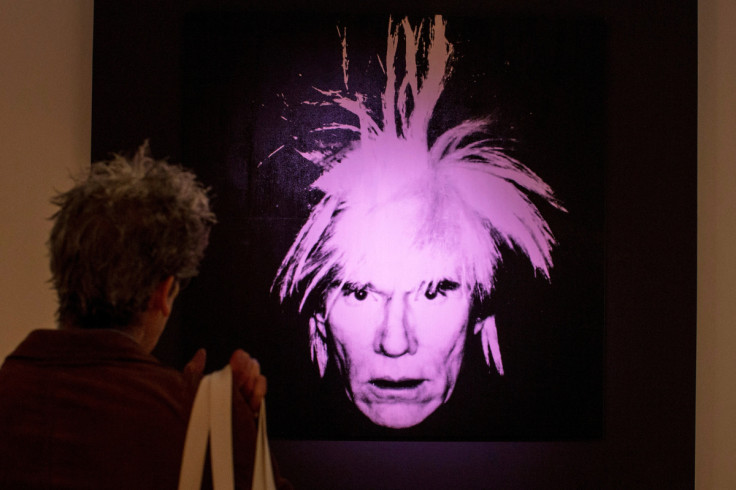U.S. Supreme Court Hears Arguments In Andy Warhol Copyright Dispute

The U.S. Supreme Court on Wednesday began hearing arguments in a copyright dispute between a photographer and Andy Warhol's estate over the famed artist's paintings of rock star Prince in a case that could help set boundaries for artistic works that draw upon other material.
The justices were considering the Andy Warhol Foundation's appeal of a lower court's ruling that his 1984 paintings - based on a 1981 photo of Prince that celebrity photographer Lynn Goldsmith shot for Newsweek magazine in 1981 - were not protected by a copyright law doctrine called fair use. This doctrine permits unlicensed use of copyright-protected works under certain circumstances.
The dispute over where to draw the line between inspiration and misuse has drawn broad interest for its implications for artists and the entertainment industry more broadly.
Warhol, who died in 1987, was a central figure in the pop art movement that arose in the 1950s. He often created silkscreen print paintings and other works inspired by photos of famous subjects and commercial products - work that has considerable artistic and monetary value.
For instance, Warhol's 1964 silkscreen portrait of actress Marilyn Monroe was purchased for $195 million in May, setting a record for a work by an American artist sold at auction.
Warhol made 14 silkscreen prints and two pencil illustrations inspired by Goldsmith's photograph. Goldsmith, 74, has said she learned of Warhol's unlicensed works only after Prince's 2016 death. She countersued Warhol's estate for copyright infringement in 2017 after it asked a Manhattan federal court to rule that his works did not violate her rights.
Copyright law sometimes allows for the fair use of copyrighted works without the creator's permission. A key factor courts consider in determining fair use is whether it has a "transformative" purpose such as parody, education or criticism.
A federal judge found Warhol's works were protected by the fair use doctrine, having transformed the "vulnerable" musician depicted in Goldsmith's work into an "iconic, larger-than-life figure."
In reversing that ruling last year, the Manhattan-based 2nd U.S. Circuit Court of Appeals said judges should not "assume the role of art critic and seek to ascertain the intent behind or meaning of the works" but instead should decide whether the new work has a "fundamentally different and new artistic purpose and character" that "stands apart from the 'raw material' used to create it."
The Supreme Court has not ruled on fair use in art since 1994, when it found that rap group 2 Live Crew's parody of singer Roy Orbison's "Oh, Pretty Woman" made fair use of the 1960s song.
President Joe Biden's administration has backed Goldsmith, as have trade groups for the recording industry, actors and publishers. Documentary filmmakers, fan fiction writers and the estates of other major figures in the pop art movement have come out in support of Warhol.
A ruling is due by the end of June.


© Copyright Thomson Reuters {{Year}}. All rights reserved.





















